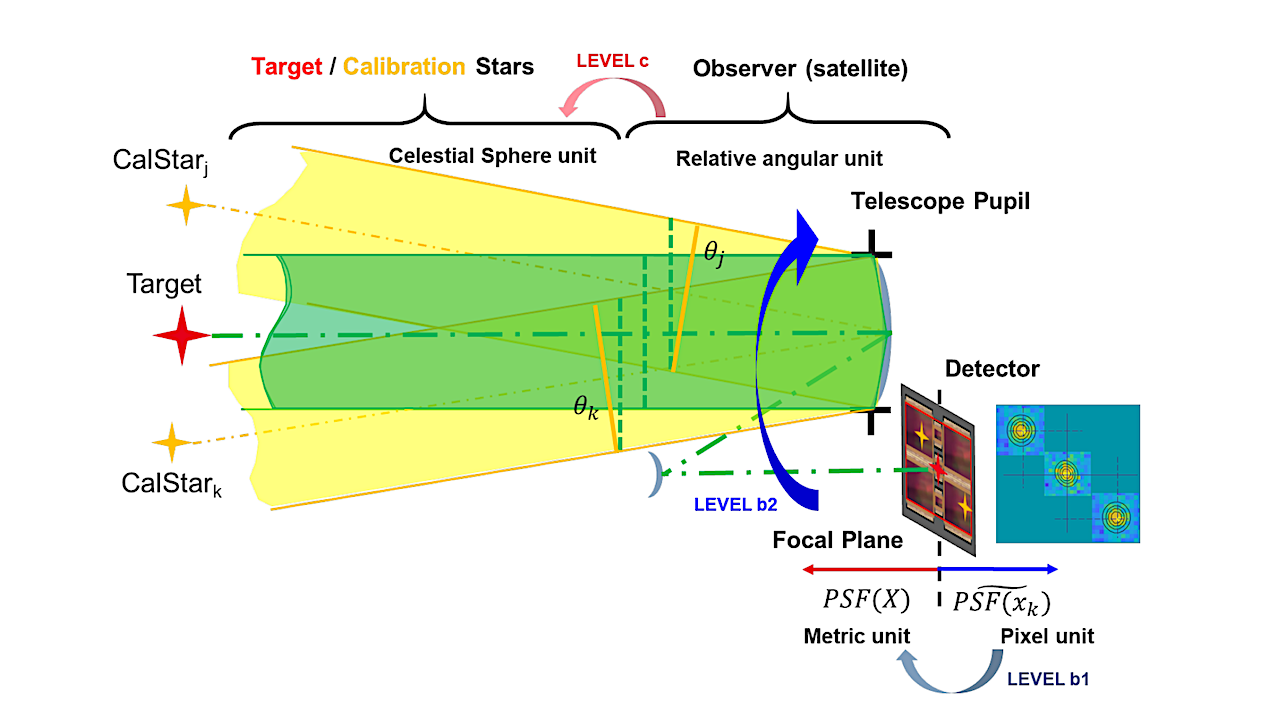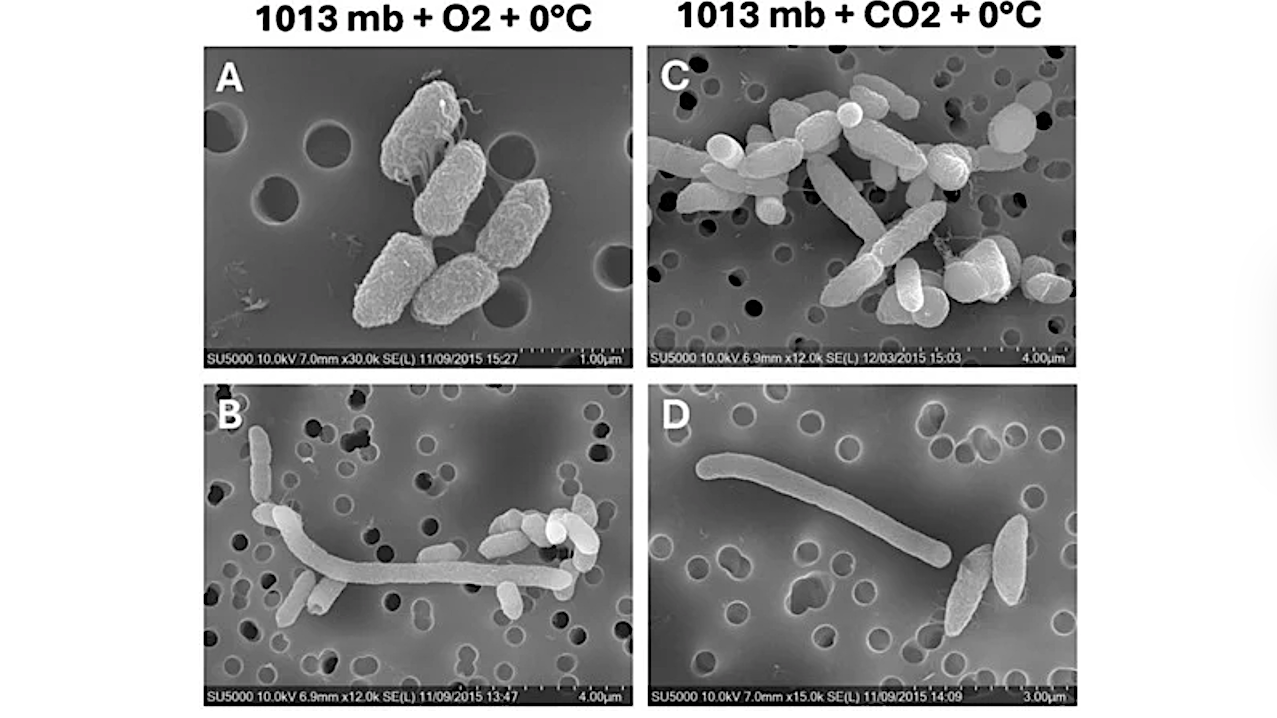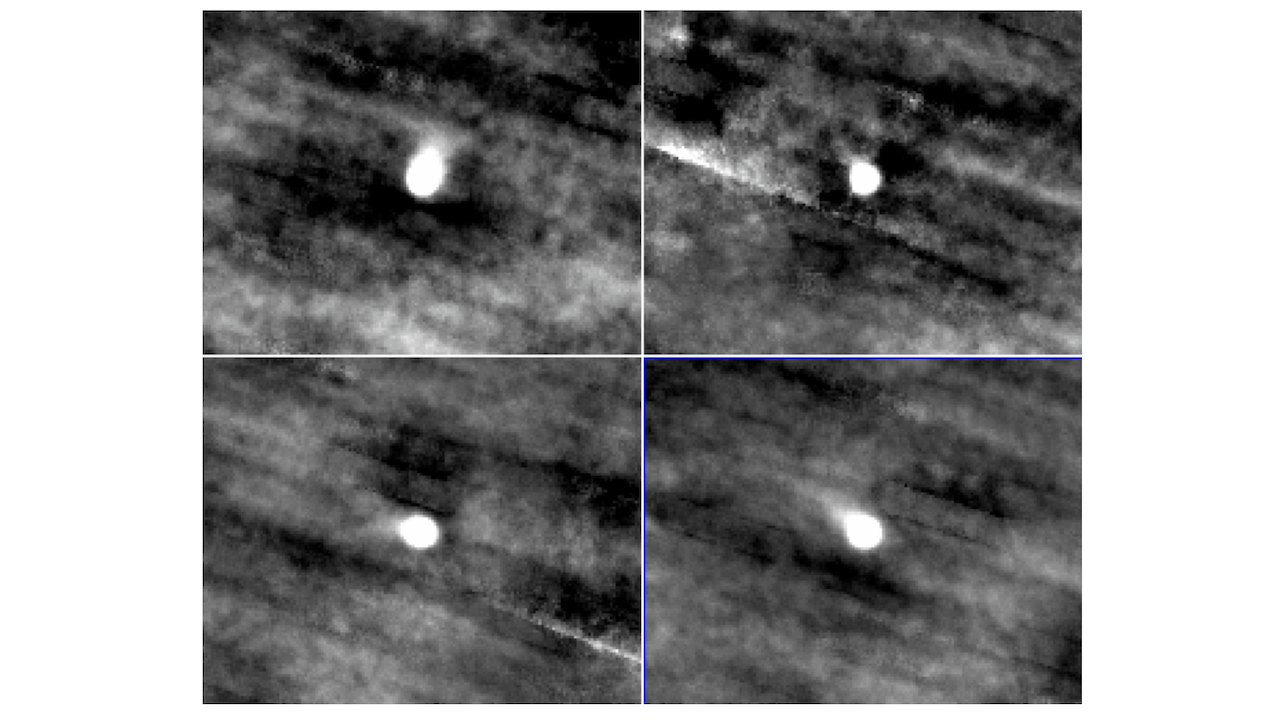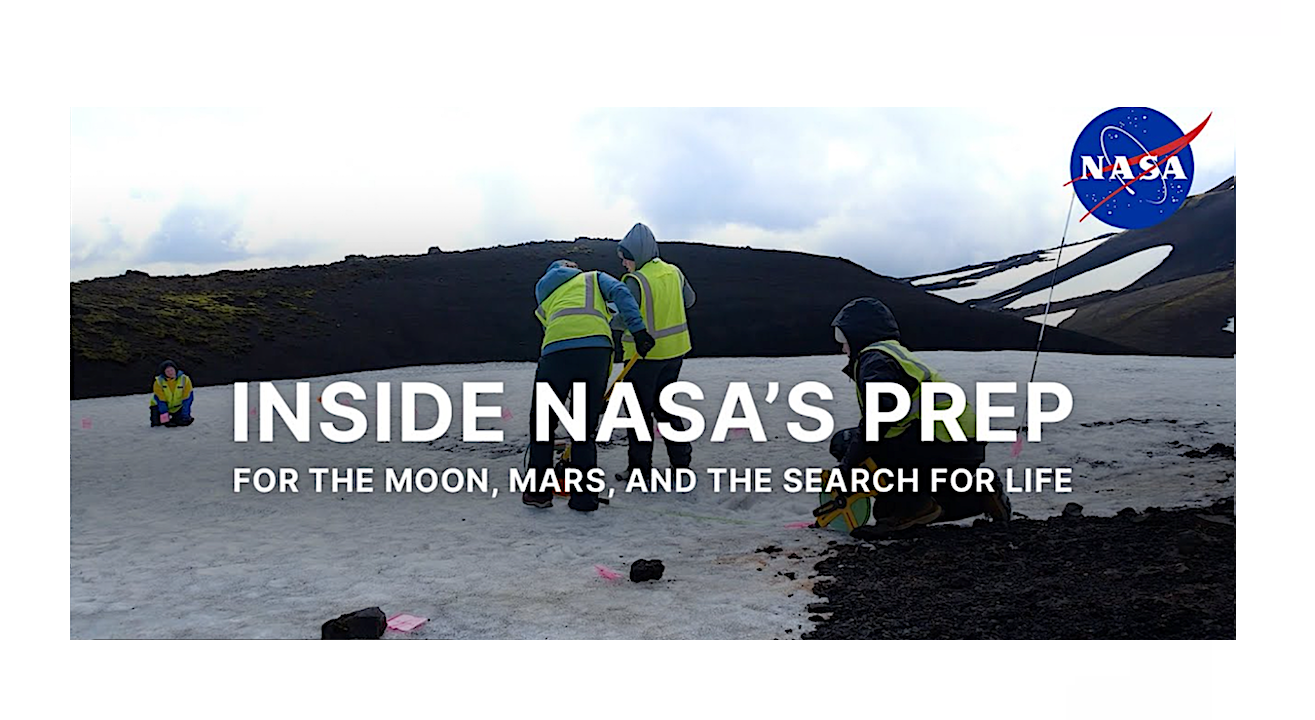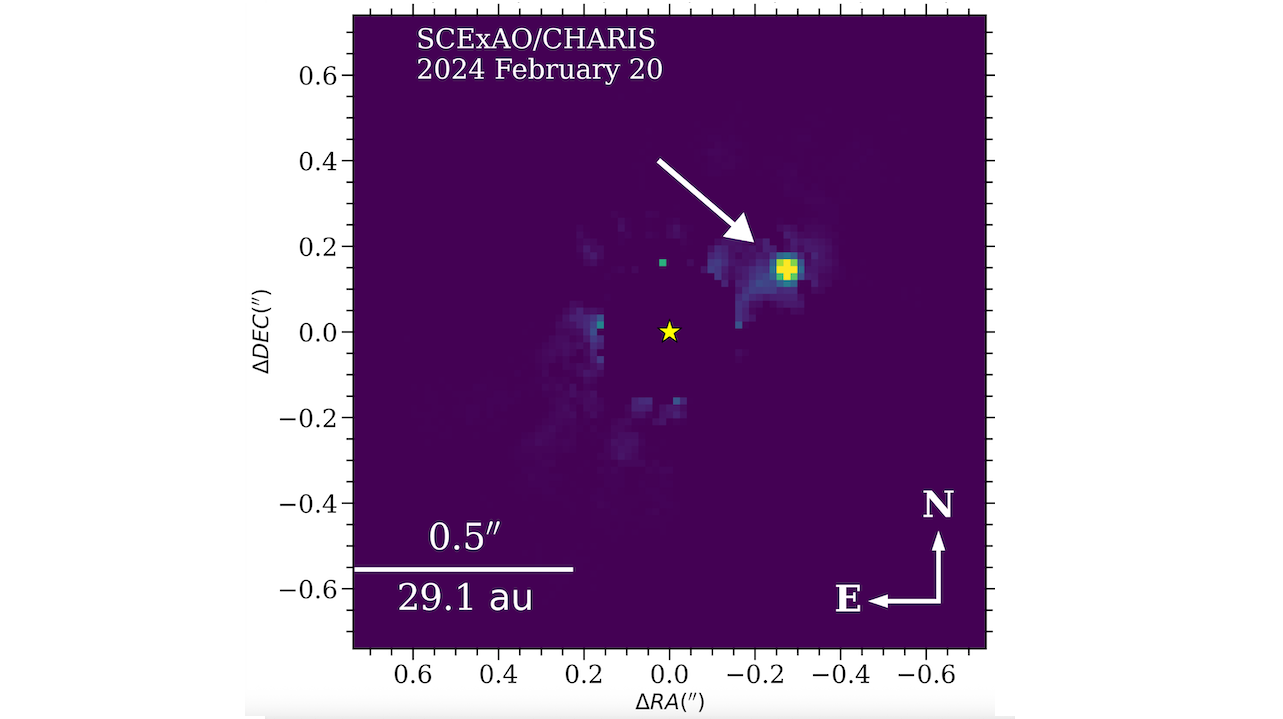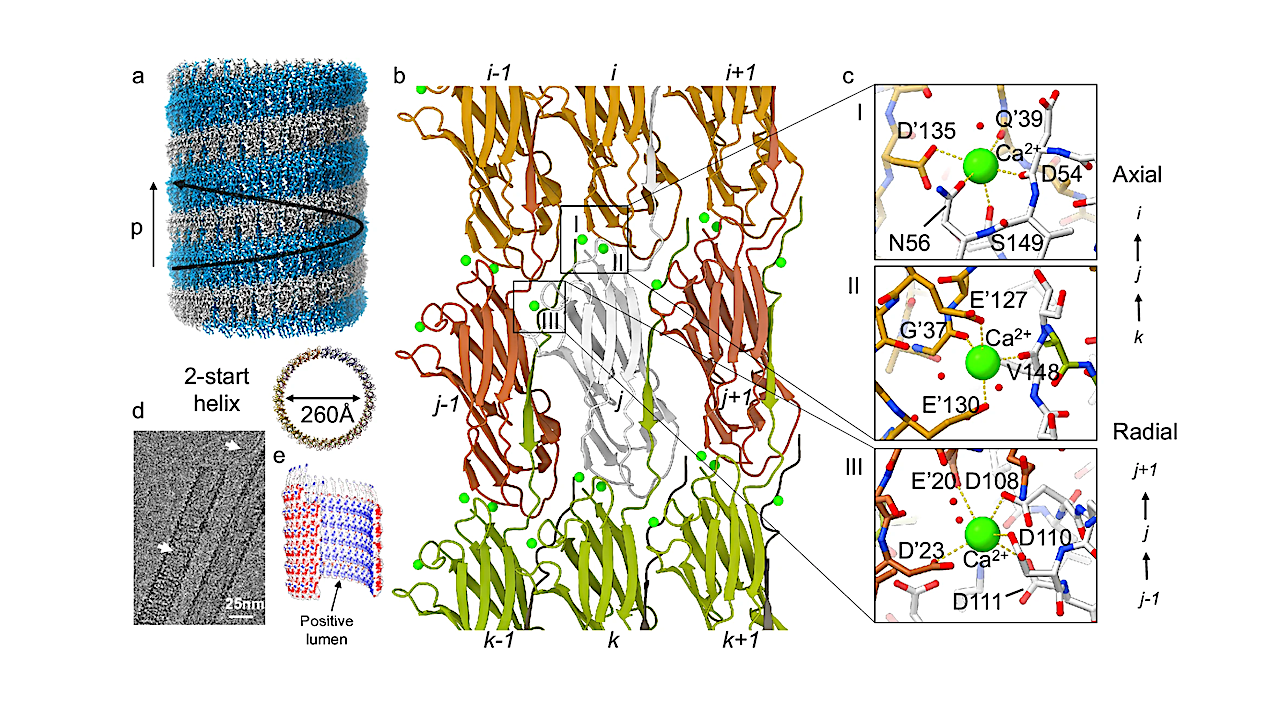Illustration of calibration levels from measured centroid in pixel space to angular relative astrometry. — astro-ph.IM This study presents a comprehensive system analysis for an instrument onboard the Habitable Worlds
Astrobiology2- Page
Transmission electron micrographs of Serratia liquefaciens cell walls grown under lab-standard (24 h) and Mars low-PTA conditions (28 d) (see text). (A) Cell walls of S. liquefaciens cells grown under
Space Weather & Heliophysics Press Release astro-ph.SR December 8, 2025 Surface flux density observed and modelled. The m2F12-37-2.5 (dark green) and cF13-500-3 (light green) stellar atmosphere models are plotted at
Environmental and operational parallels and differences between submarines and spacecraft relevant to fungal persistence. Submarines operate under Earth’s gravity and are surrounded by seawater, while spacecraft operate under microgravity, are
A Southwest Research Institute (SwRI) project is using data from NASA’s Polarimeter to Unify the Corona and Heliosphere (PUNCH) spacecraft to track the interstellar comet 3I/ATLAS. It tracked it for
Artist’s impression of Kepler-186f, the first validated Earth-size planet to orbit a distant star in the habitable zone, namely a range of distance from a star where liquid water might
Inside NASA’s Prep For The Moon, Mars, And The Search For life How does NASA prepare to explore the Moon, Mars and Ocean Worlds? For scientists like Bethany Theiling, it
Image of HIP 71618 B (indicated by the arrow) taken by the Subaru Telescope. The planet’s host star has been blocked in this image. The star’s position is indicated by
a cryoEM volume revealing a two-start (C2) helical filament with a pitch p and diameter of 94.6 Å and 260 Å, and a rise and twist of 3.18 Å and 12.1°, respectively; b
Giovanni Schiaparelli’s 1878 map of Mars has a distribution of features interpreted as land (white) and sea (blue). Many of the names Schiaparelli gave to locations on Mars are still
-
 012024 in Review: Highlights from NASA in Silicon Valley
012024 in Review: Highlights from NASA in Silicon Valley -
 02Panasonic Leica Summilux DG 15mm f/1.7 ASPH review
02Panasonic Leica Summilux DG 15mm f/1.7 ASPH review -
 03How New NASA, India Earth Satellite NISAR Will See Earth
03How New NASA, India Earth Satellite NISAR Will See Earth -
 04From Polymerization-Enabled Folding and Assembly to Chemical Evolution: Key Processes for Emergence of Functional Polymers in the Origin of Life
04From Polymerization-Enabled Folding and Assembly to Chemical Evolution: Key Processes for Emergence of Functional Polymers in the Origin of Life -
 05And Thus Begins A New Year For Life On Earth
05And Thus Begins A New Year For Life On Earth -
 06Astronomy Activation Ambassadors: A New Era
06Astronomy Activation Ambassadors: A New Era -
07SpaceX launch surge helps set new global launch record in 2024


